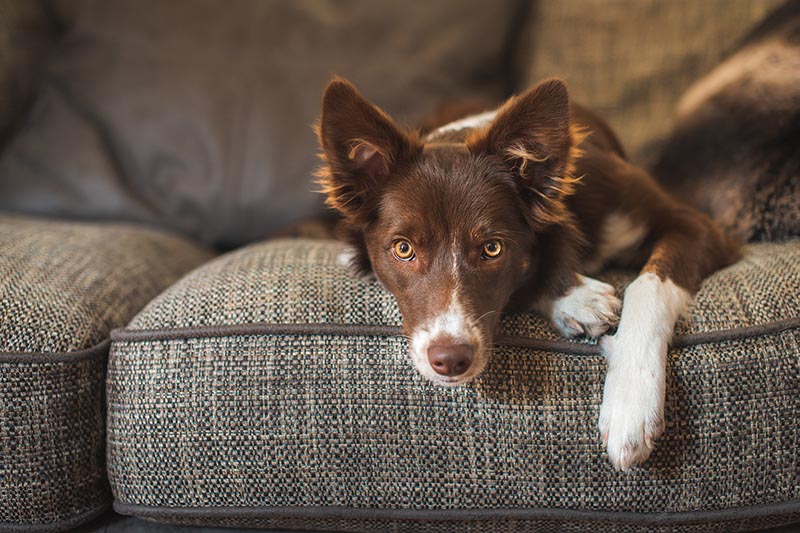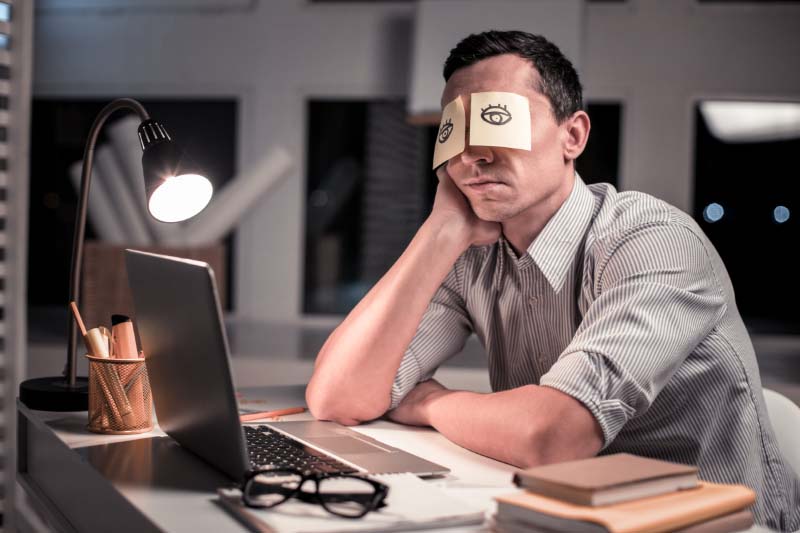Prepare Your Pet for Your Return to the Office: Six Recommended Tips
Alleviate your pet’s anxiety of being home alone with these tips.

Thinking about returning to the office and spending time away for an entire day from your pet can be stressful and mentally taxing. If you’re worried about your pet struggling with separation anxiety when you head to work, you’re not alone. May pet parents tackle the same guilt of leaving their pet home alone.
Anxiety in pets
Just like humans, pets are susceptible to anxiety, especially when there is a change in routine or environment. Knowing and looking for signs of anxiety in your pet during this transition can help you be proactive in helping relieve their anxiety.
For dogs, signs of anxiety include drooling, urinating or defecating, barking or howling, chewing or destroying things, digging, trying to escape, pacing, and attempting to keep you from leaving.
For cats, signs of anxiety include hiding away and withdrawal, not eating, panting, hypervigilance, dilated pupils, aggression, and twitching of the tail or ears.
It can be hard to watch your pet experience distress, but you can help ease their anxiety with a little preparation.
Related: Pets May Help You Lead a Healthier Life
Here are six tips you can try to help your pet deal with the transition of you returning to work:
Start slow
Dipping your pet’s toes in the water of alone time can help build confidence that they can handle and enjoy the solitude. Practice leaving them alone for short periods of time and gradually increase the duration to help them adjust to a new routine.
Start by leaving your pet at home alone for 30 minutes to an hour a day after making sure their needs are met such as taking them outside to use the bathroom. This will not only help them slowly adjust to being alone but also teach them that you always will return home.
Before you head out, make sure you have created a safe space for your pet to roam while you’re away that is free of hazards. Put away anything that may pose a danger. Household dangers include string products, small toys, decorations, and dangerous foods that may be within reach—even items left on the counter or table.
Reach for your stash of special treats
It is important to create a positive association with being home alone. One way to get your pet excited for when you leave is reserving specific treats or toys that are just for alone time.
Offer them a special treat or put out their favorite toy right before you leave. When you return home, remember to put the toy away until the next time you leave.
As a safety note, be careful of the treats (like bones) and toys you leave out. You’ll want to ensure that these items are safe for your pet and don’t pose any dangers such as things that are choking hazards.
Don’t overhype the hellos and goodbyes
It can be tempting to immediately greet your pet excitedly when you get home. After all, you’ve missed having them by your side.
Having an excited arrival can be counterproductive and increase your pet’s anxiety because you’re emphasizing being away. Its best to keep greetings and goodbyes neutral right when you get home. You’ll want to avoid associating goodbyes and hellos as something to get worked up about.
Bonus tip: Wait for your pet to calm down before you acknowledge them when you come home.
Reach for the brain games
Did you know that 15 minutes of mental exercises tires pets out more than a 30-minute run around the neighborhood? Pets love to use their brains, and thankfully there are so many puzzle toys on the market for pets.
When you get your pet to use their noggin and nose, they won’t have anything to complain about because they’ll be too occupied.
Turn on the TV or radio
Some pets benefit from having light noise at home from the TV or radio. Noise can help them feel like they aren’t alone and can drown out unpleasant sounds that may filter in from outside.
The volume should not be too loud or intense. Opt for something that is softer such as classical music. You can try different stations to see what your pets respond to, but make sure that before you leave, your pet is okay with what is playing. If your pet seems agitated or restless with the sounds, forgo the TV or radio altogether because it can increase their anxiety.
Have an exercise routine in place
A tired pet is a happy pet. Making time for exercise such as a walk around the block and playtime before you head out for the day can do loads for your pet.
Related: How to Keep Your Furry Friends Safe in the Summer Heat
If your fur baby is the epitome of energy or young in age, don’t be afraid to call in some help. You can schedule a dog walker or cat sitter to check in on your pet. Apps like Wag! were designed to help you find and hire dog walkers and cat sitters in your area. You can also solicit the help of family and friends who are available to stop by and check in on your furry friend while your away.
By preparing your pet to be alone, you’ll be less stressed and feel more at ease that you are reducing their separation anxiety. You know your pet best, and while pets may respond differently to these training tips, continue to use your best judgment and contact your veterinarian for more information.





